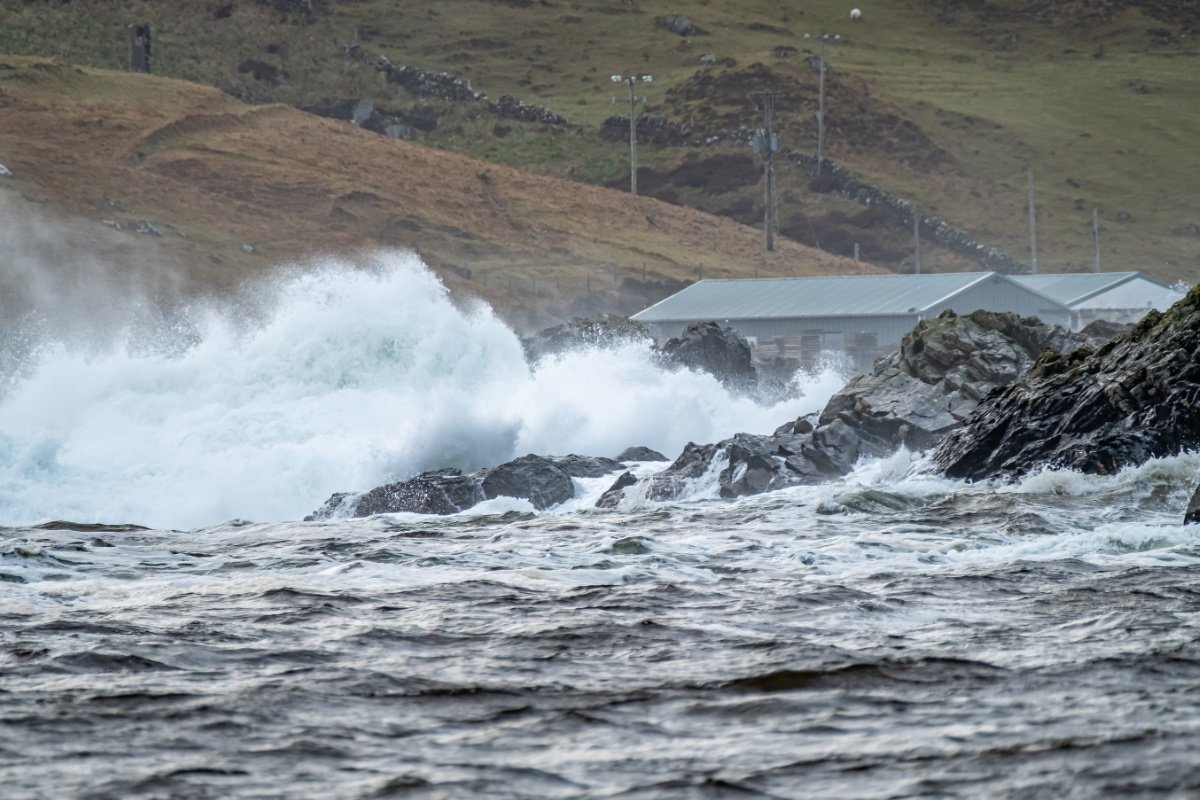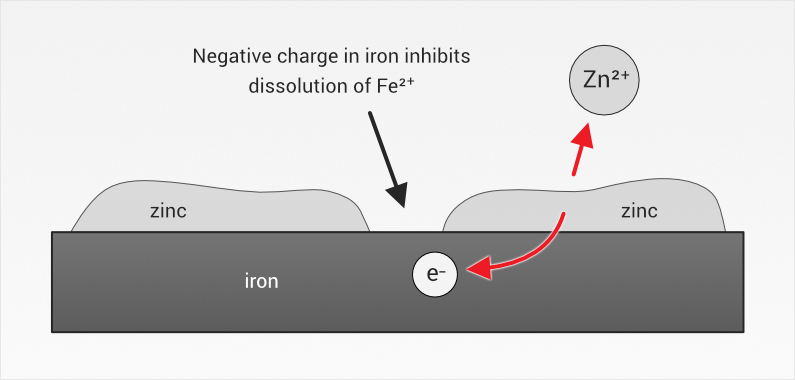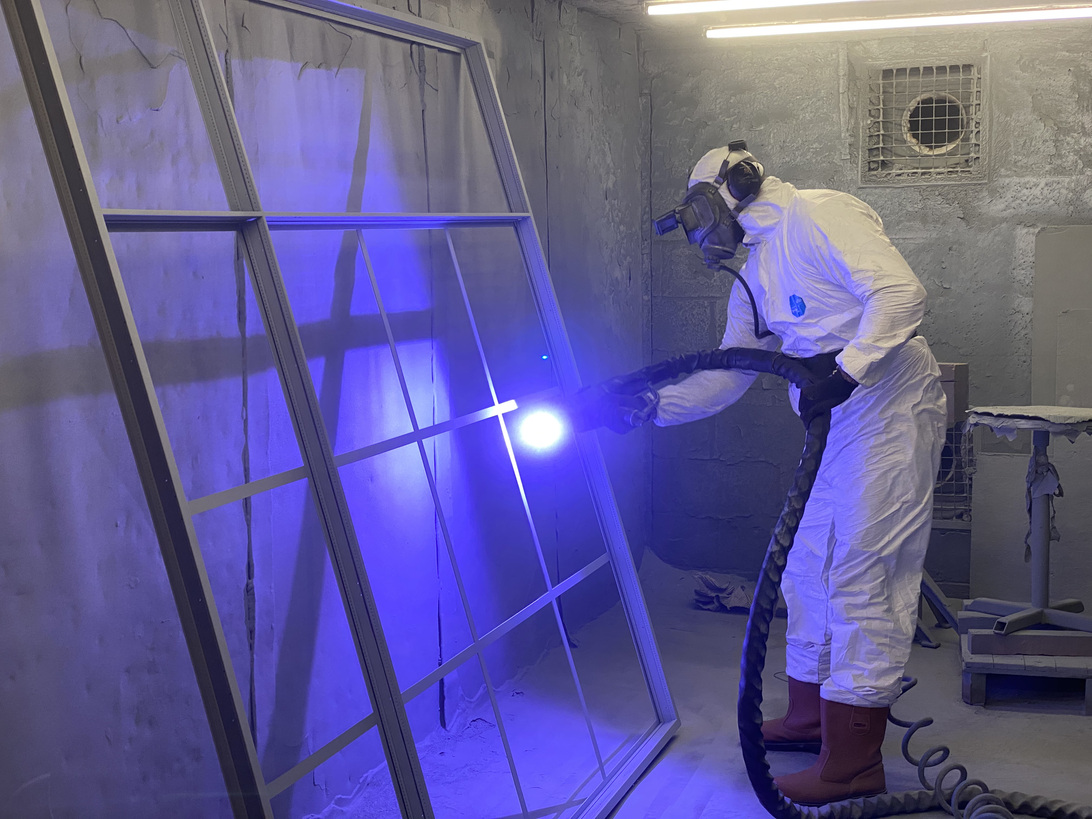Why do customers use AFT's thermally sprayed zinc for architectural roof windows?
Roof windows enhance a room by bringing in natural light. Great care needs to be taken when designing roof windows as the roof is the area where a huge amount of heat is potentially lost from a room.
AFT Fluorotec's customers design and manufacture windows incorporating insulated thermal breaks providing maximum thermal performance. Therefore, you get the desired internal environment whilst protecting the global environment. We have successfully provided thermally sprayed zinc coating solutions for windows that are situated in extremely harsh environmental conditions (e.g. a building 100 yards from the coast in North East Scotland).

Why do AFT's customers make the windows from steel rather than corrosion resistant aluminium?
Ideally, a window enables the maximum amount of light to come into a room. Therefore, you need the smallest frame and the maximum amount of glass. This is known as minimising sight line. Architectural designers prefer steel as it is much stronger than aluminium. The cross section of an aluminium window frame would have to be three times that of one made from steel.
Steel framed windows need to be protected from the environment to avoid corrosion
However, there is a downside to using steel as it is prone to rusting. This can be avoided by the application of a layer of zinc to the surface. The zinc acts as a protective barrier for the steel. Even when the zinc barrier is breached it still protects the steel by corroding first. This is known as sacrificial corrosion. Therefore, enabling the thin steel window frames to look new for many years to come.

Why do OUR CuStomers insist on OUR thermally sprayed zinc rather than Hot Dip Galvanizing?
Hot Dip Galvanizing has been used for a hundred years to protect steel structures but our thermally sprayed zinc is specified more and more. The reasons are:
- Coating thicknesses of up to 0.25 mm can be achieved with AFTs thermally sprayed zinc compared to only 0.05- 0.1mm for HDG.
- The textured finish of AFTS thermally sprayed zinc provides an excellent preparation for the application of a topcoat
- After HDG acid etching or ‘acid’ primers need to be used to ensure good adhesion of a top coat.
- With HDG fettling is often required to remove any ‘dross’ produced during the HDG process.
- Thermally sprayed zinc is ‘dross’ free.
- Thermally applied zinc does not require ‘fettling’ to remove sharp edges as is often required with HDG.
- When using AFT's thermally sprayed zinc, designers do not have to drill holes in hollow/tubular structures as they have to with HDG to avoid explosions.
What is the key advantage?
Our customers have told us that the biggest advantage of using AFT's thermally sprayed zinc is that it is a ‘cold’ process with no heat input to the substrate (<80oC). Dipping the frames into baths of molten zinc (Hot dip Galvanizing) causes too much distortion of the window frames, making it impossible for us to meet the tight tolerances required for these high-quality architectural windows.
concentration on quality
We understand that excellent surface preparation is essential to ensure maximum performance from our coatings. No matter how good the liquid or powder coating is, it will not perform to its full capabilities on a poorly prepared surface.

At AFT we ensure the surface is clean from oil and other debris, which could cause contamination. Blasting also increases the surface area of the part ensuring good adhesion of the thermally sprayed zinc on to the prepared surface.


